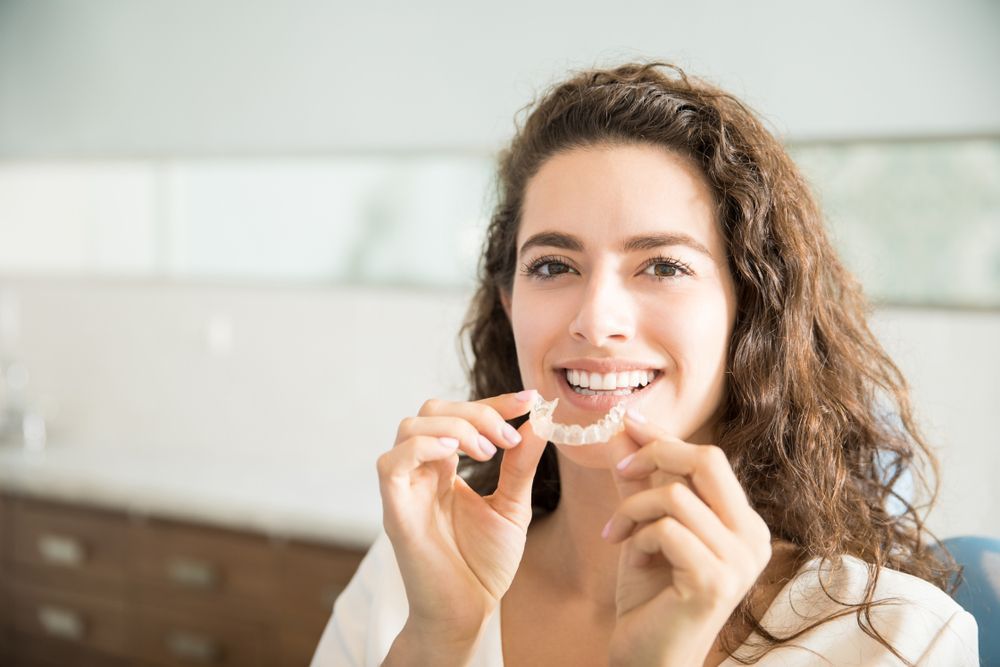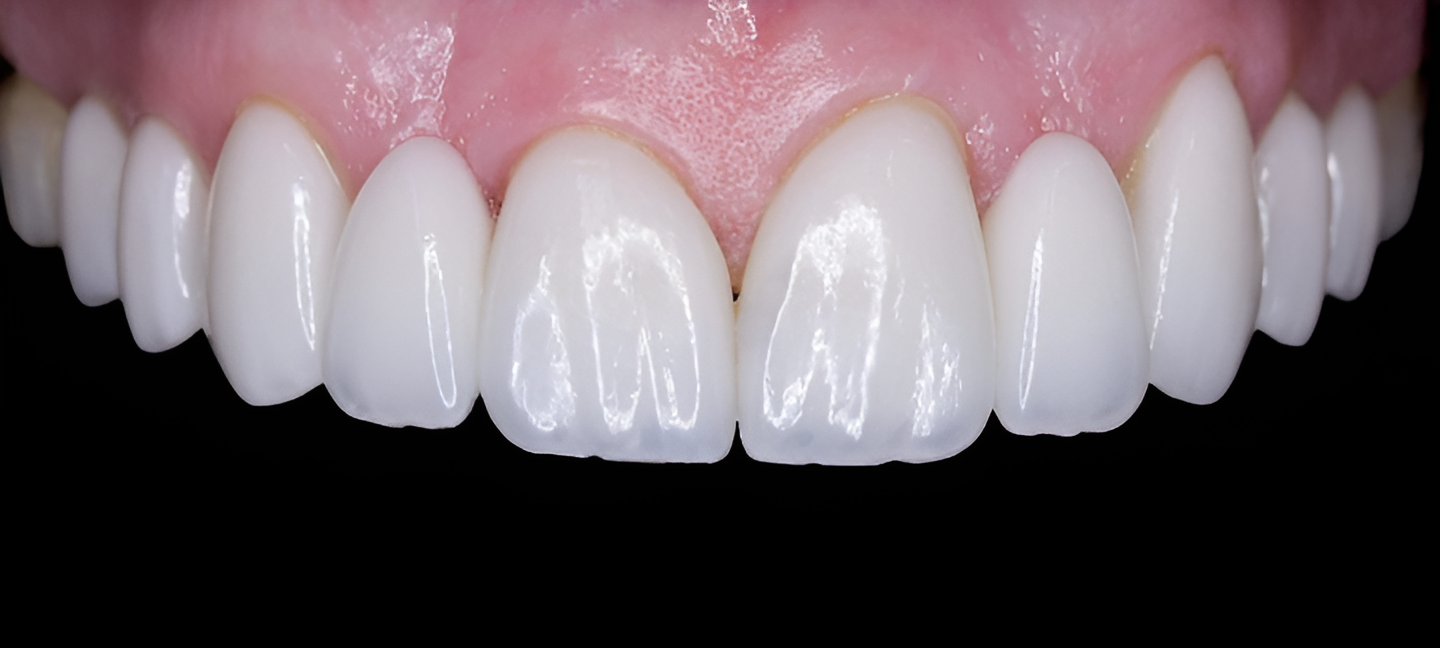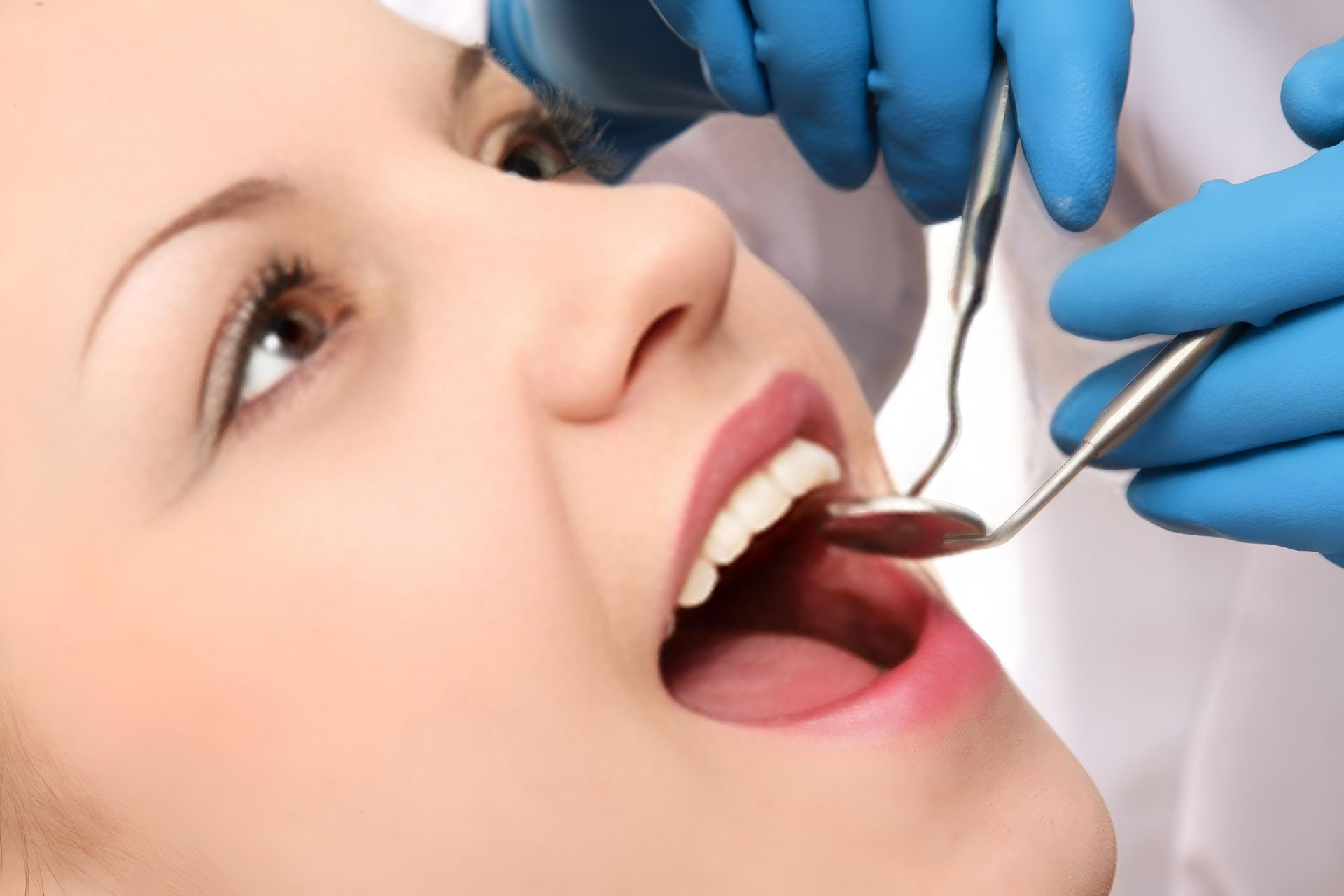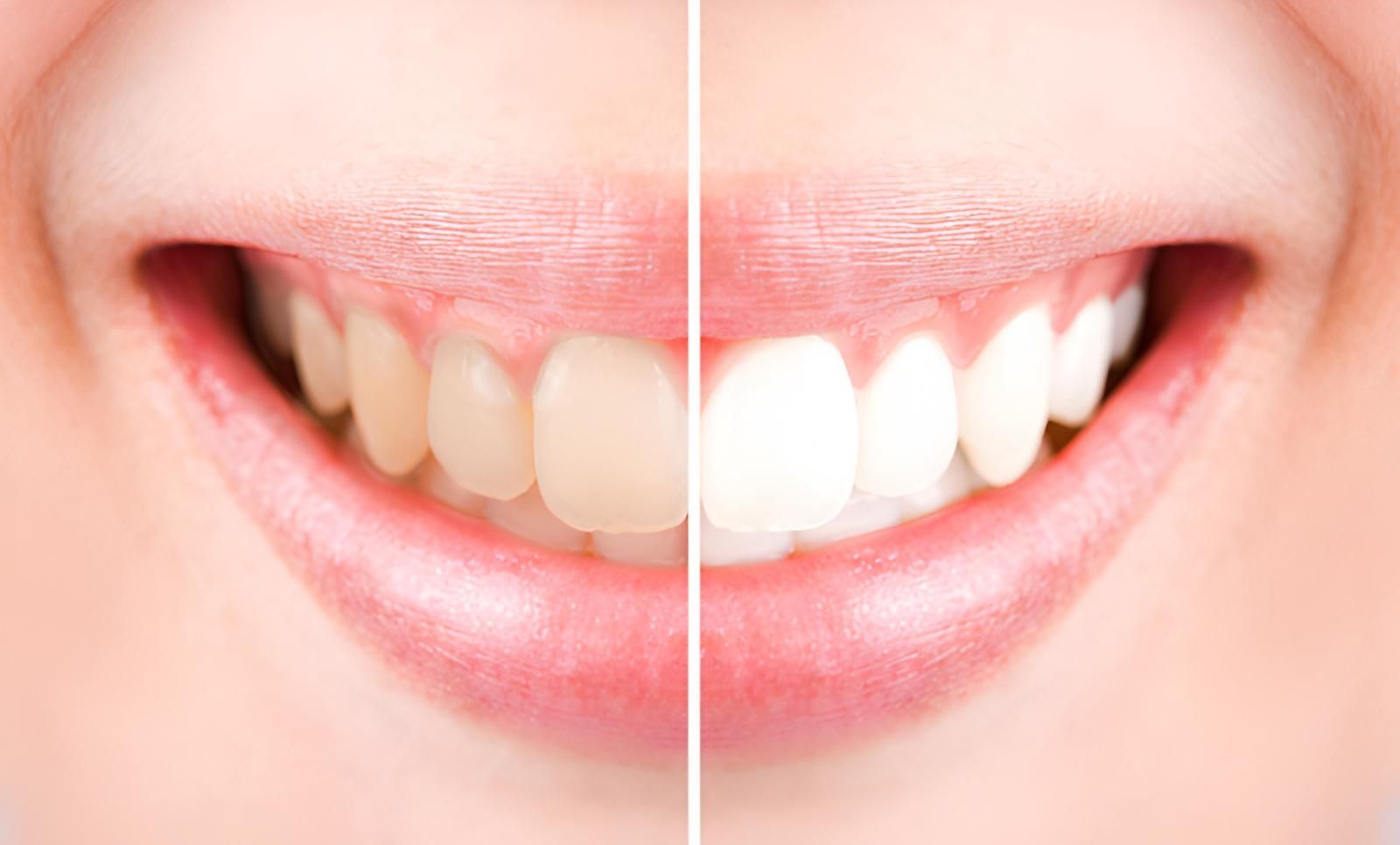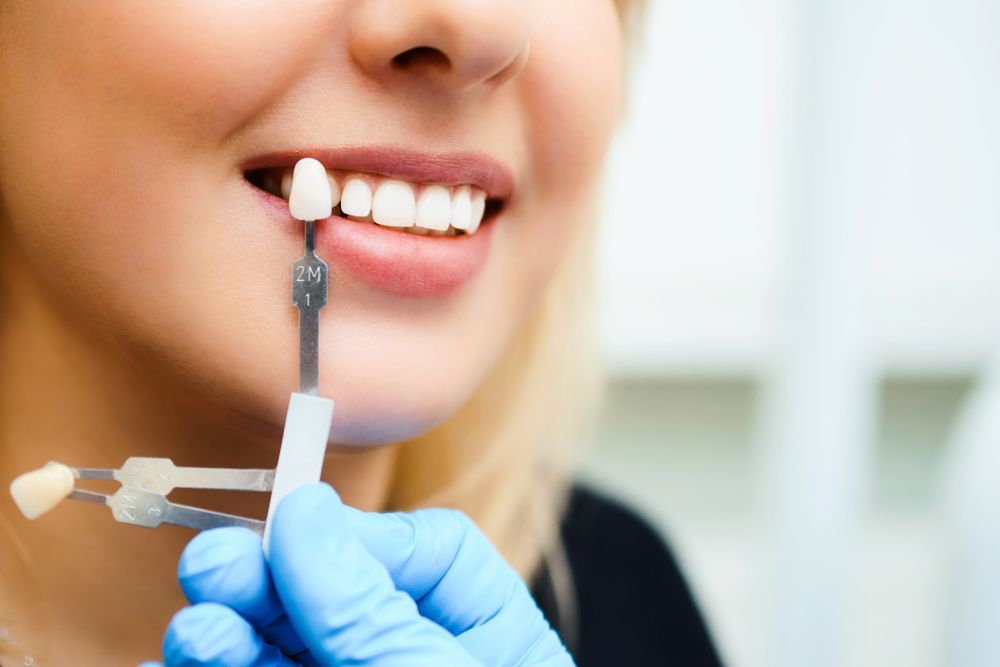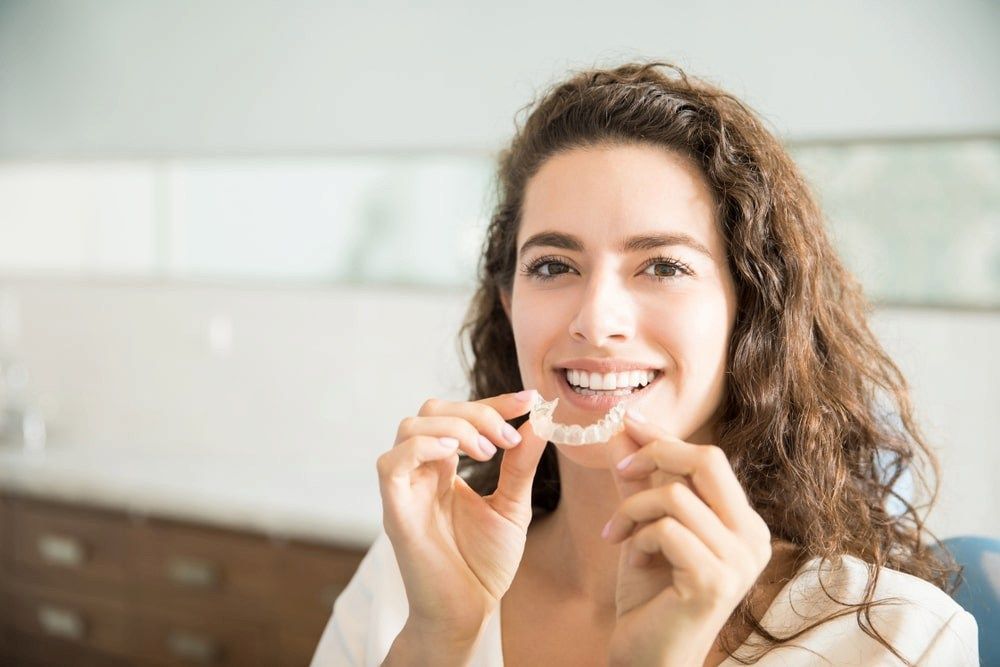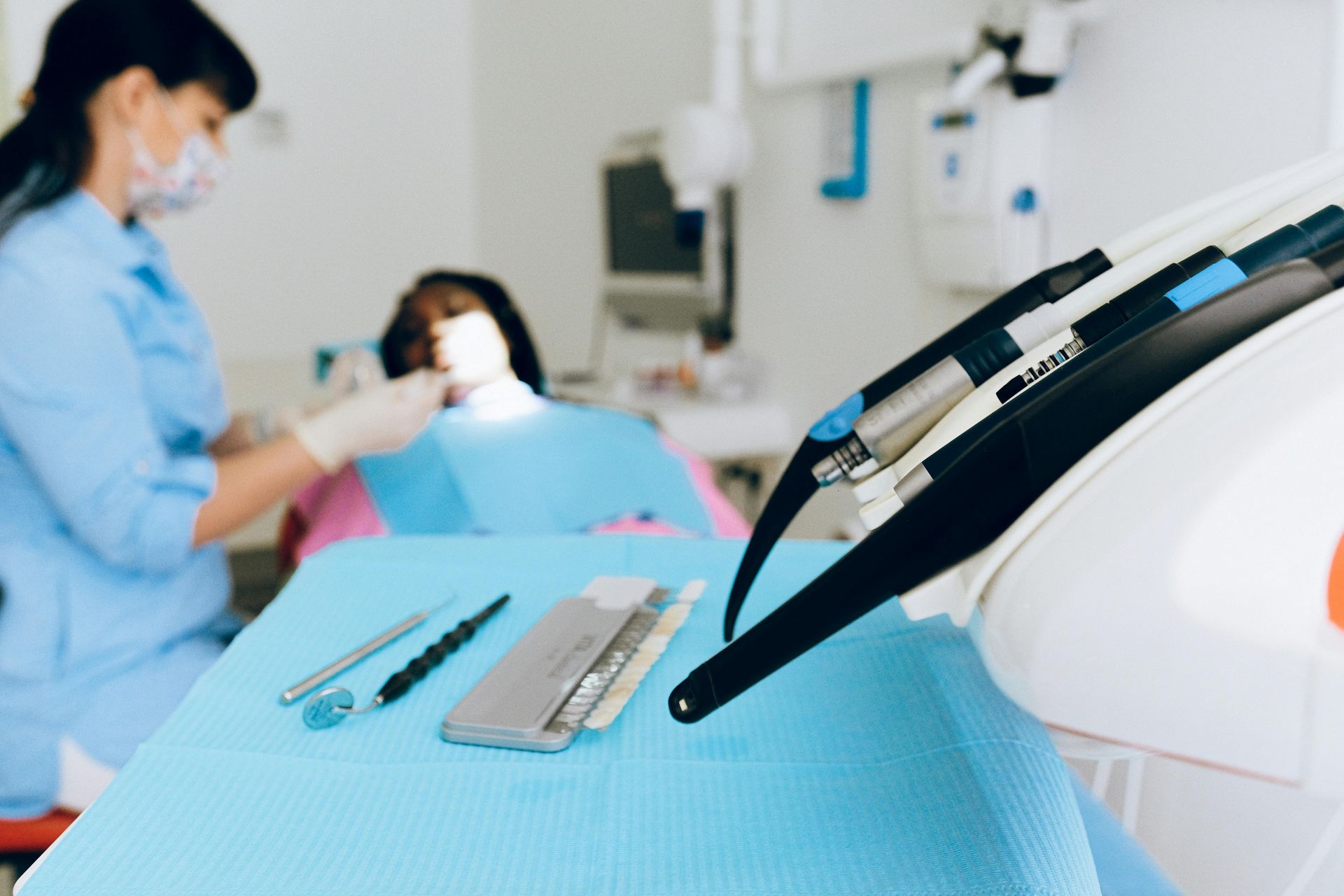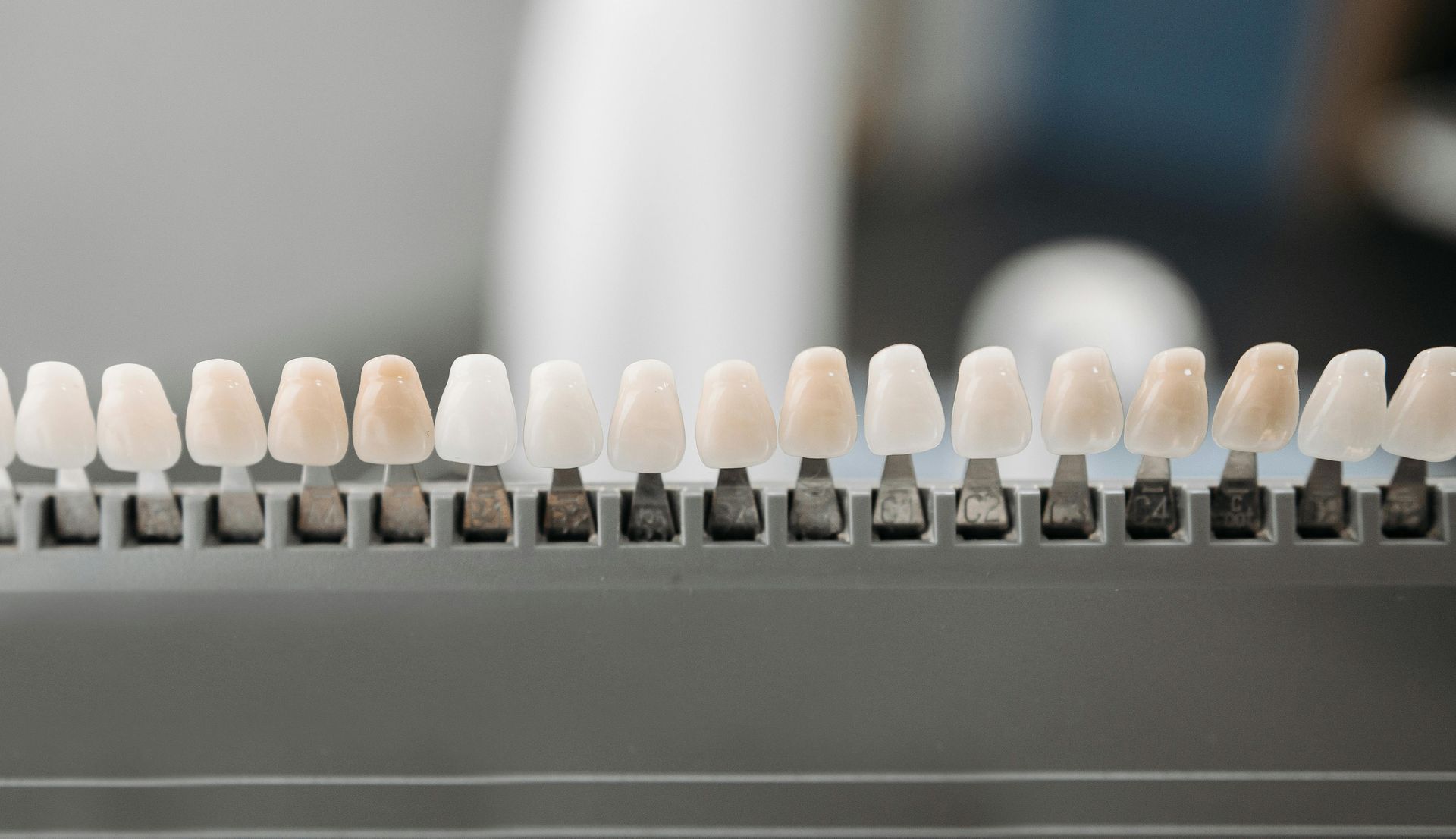Invisalign vs Braces: How to Choose the Right Option
For those considering orthodontic treatment, the choice between Invisalign and traditional braces is important. Both options aim to straighten teeth and improve alignment, but they differ in terms of comfort, appearance, and lifestyle adaptability. Understanding these differences can help individuals make a decision that suits their personal and dental needs. Whether seeking a discreet solution or a time-tested method, exploring each can be a valuable step in the treatment journey. In this blog, we will break down the key differences between Invisalign and braces to help guide your decision.
Understanding Invisalign & Traditional Braces
What is Invisalign?
Invisalign is a clear aligner system that gradually shifts teeth into their correct positions using a series of custom-made, removable trays. These aligners are designed to fit snugly over the teeth and are virtually invisible, making them a popular option for those seeking a more discreet orthodontic treatment.
What are Traditional Braces?
Traditional braces consist of metal or ceramic brackets that are attached to the teeth, connected by wires and elastic bands that apply pressure to align teeth over time. Braces have been used for decades and are known for their effectiveness in treating a wide range of orthodontic issues, including severe misalignments and bite problems.
Appearance & Aesthetics
Invisalign
- Made from clear plastic, making them almost invisible.
- No brackets or wires, allowing for a more natural look.
- Can be suitable for individuals who prefer a discreet option.
Braces
- Metal brackets and wires are more visible.
- Ceramic braces are less noticeable but still apparent.
- Can be suitable for individuals who do not mind the appearance of fixed braces.
Comfort & Ease of Wear
Invisalign
- Smooth plastic aligners can reduce irritation to the gums and cheeks.
- No sharp metal components, potentially reducing discomfort.
- Aligners may feel tight at the beginning of each new set but generally adjust.
Braces
- Can cause initial soreness due to pressure from brackets and wires.
- Wires may occasionally irritate the inner cheeks or lips.
- Adjustments may cause temporary discomfort but typically subside after a few days.
Treatment Duration
Invisalign
- Treatment time varies but often ranges from 6 to 18 months.
- Requires wearing aligners for 20 to 22 hours per day.
- Progress depends on patient compliance with wearing and changing aligners as instructed.
Braces
- Typically worn for 12 to 24 months, depending on the complexity of the case.
- Fixed treatment works continuously.
- May require additional time for severe misalignments or bite corrections.
Maintenance & Oral Hygiene
Invisalign
- Aligners are removable, making it easier to brush and floss.
- Requires cleaning aligners daily to prevent staining and bacteria buildup.
- No food restrictions, as aligners are removed while eating.
Braces
- Brushing and flossing require extra care to clean around brackets and wires.
- Special tools, such as interdental brushes and floss threaders, may be needed.
- Some food restrictions apply to avoid damage to brackets or wires.
Different Cases
Invisalign
- May be suitable for mild to moderate orthodontic issues.
- Can help correct crowding, gaps, and minor bite problems.
- May require attachments or additional treatments for more complex cases.
Braces
- May be effective for mild, moderate, and severe orthodontic issues.
- Can help correct severe misalignments, bite problems, and jaw positioning.
- Can provide control over tooth movement.
Lifestyle Considerations
Invisalign
- Aligners are removable, which can allow for greater flexibility in daily activities.
- An option for professionals, athletes, and individuals who frequently interact with clients or the public.
- Requires self-discipline to wear aligners consistently and keep track of them.
Braces
- Remains in place throughout treatment.
- May require adjustments in certain activities, such as playing musical instruments.
- Can be more challenging for those who prefer an unobstructed feel in their mouth.
Cost Considerations
Invisalign
- Costs vary depending on the length and complexity of treatment.
- Typically comparable to braces, but may be more expensive in some cases.
- Payment plans or insurance coverage may be available for some patients.
Braces
- Costs depend on the type of braces used (metal or ceramic).
- May require additional expenses for repairs or adjustments.
- Some insurance plans may offer coverage for orthodontic treatments.
Regular Check-Ups and Adjustments
Invisalign
- Requires visits to the dentist every 6 to 8 weeks to monitor progress.
- Aligners need to be replaced according to the treatment plan.
- Some cases may require refinements.
Braces
- Regular adjustments every 4 to 6 weeks to tighten wires.
- Appointments may involve replacing elastics or making other modifications.
- Requires professional monitoring to track tooth movement.
Choosing an Option for You
Selecting between Invisalign and braces depends on various factors:
- Complexity of alignment issues: Invisalign may be suitable for mild to moderate cases, while braces can handle a broader range of conditions.
- Aesthetic preferences: Those seeking a more discreet option may prefer Invisalign.
- Lifestyle and habits: Individuals who prefer flexibility may opt for Invisalign, while those who prefer a fixed treatment may choose braces.
- Commitment level: Invisalign requires discipline to wear aligners as directed, whereas braces work continuously without patient compliance.
- Budget and financial considerations: The cost of treatment may vary based on the complexity of the case and the treatment duration.
Beyond appearance, orthodontic treatment can be an important aspect of maintaining oral health. Straightening teeth may contribute to improved cleaning efficiency and bite alignment, which are factors to consider when exploring orthodontic care.
For those seeking cosmetic dentistry in Cairns, consulting with a cosmetic dentist near you can provide guidance on which treatment aligns with their needs.
Explore Your Orthodontic Options – Schedule a Visit Today
Choosing an orthodontic treatment involves considering different factors, such as lifestyle, comfort, and long-term dental goals. At Cairns Precision Dental Group, a range of orthodontic options are available for those exploring ways to align their teeth. Each treatment method offers different features, and understanding these differences can help in making an informed decision. A consultation with us can provide an opportunity to discuss individual dental needs and learn more about the available treatments. Our cosmetic dentists in Cairns can provide information on what each treatment involves to help individuals weigh the benefits of different options. This step can assist in setting expectations for the orthodontic process.

